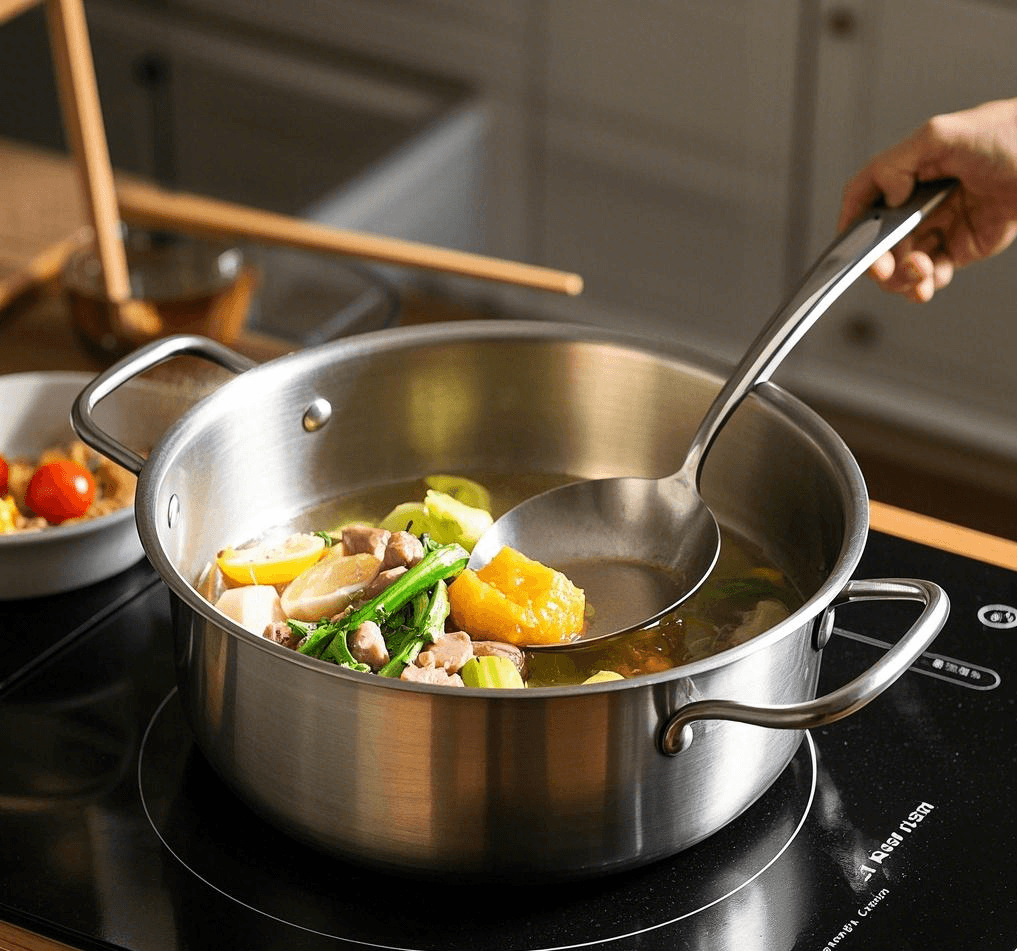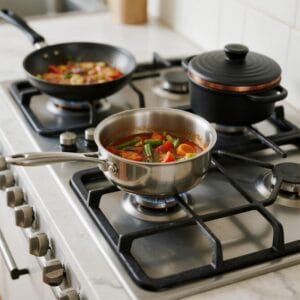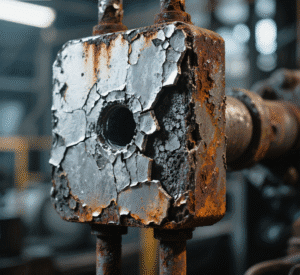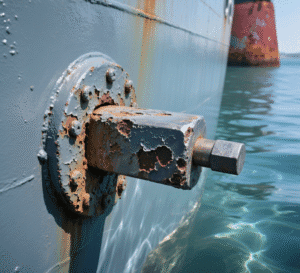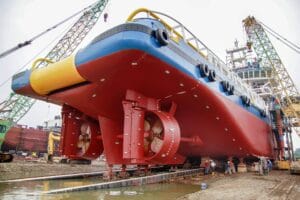Choosing the right saucepan set feels complicated with so many options available. Making the wrong choice means wasted money and frustrating cooking experiences. Understanding materials helps you pick the best set for your needs.
The best saucepan set depends on your cooking style, needed performance, and preferred material. Triply stainless steel offers an excellent balance of durability, heat control, and safety, making it a top choice for many stovetop cooks like myself.
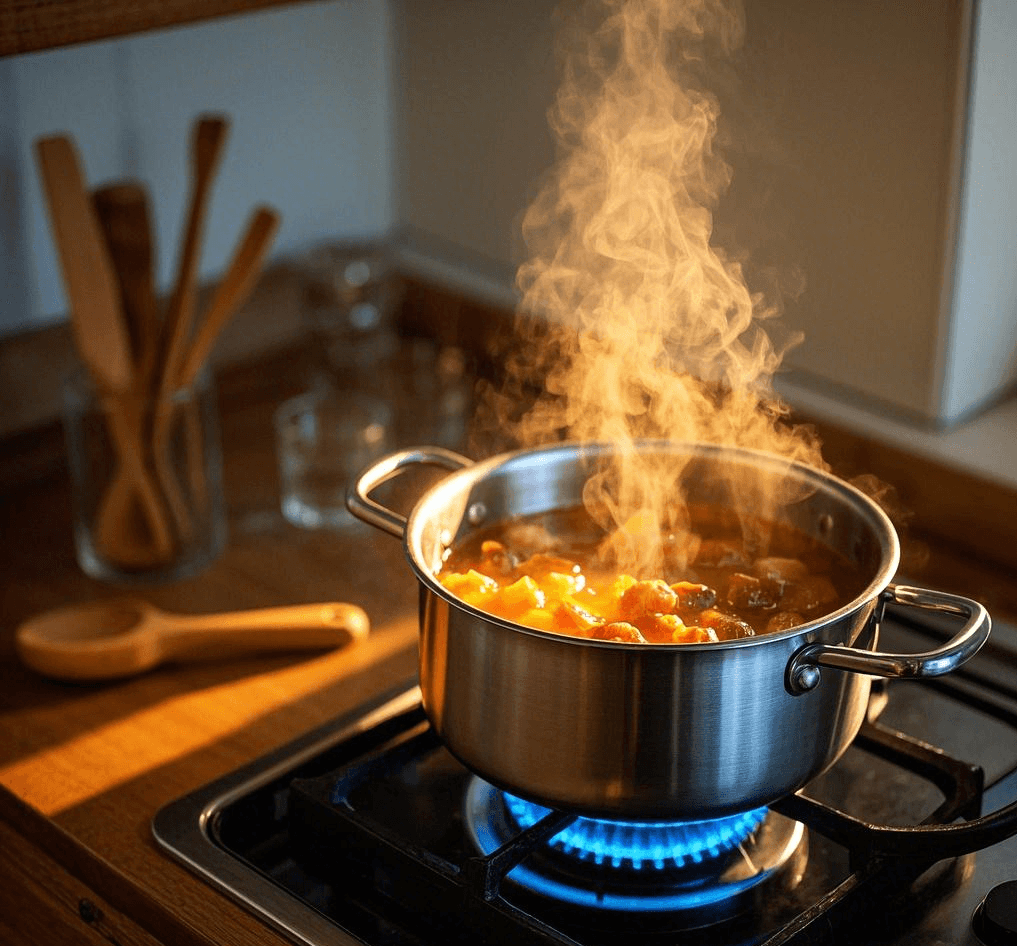
Before we dive into specific materials, let me share a bit from my experience. As someone who supplies cookware materials like triply circles, I’ve seen the evolution firsthand. For years, I preferred basic stainless steel over typical non-stick pans because it lasted longer and didn’t have chemical coatings. But when triply stainless steel cookware arrived about a decade ago, it was a major upgrade. I’ve used it myself for over 12 years, and its performance is fantastic. Now, let’s look closer at the options so you can decide what works best for you.
Which saucepan sets are best?
With countless brands and materials, picking a saucepan set can feel overwhelming. If you choose poorly, you might end up with pans that warp, burn food, or just don’t last. Let’s focus on what makes a set truly good.
For overall value and performance, triply stainless steel sets often come out on top. They balance excellent heat distribution, long-lasting durability, cooking safety, and work on all stovetops. This makes them incredibly versatile for everyday cooking tasks.
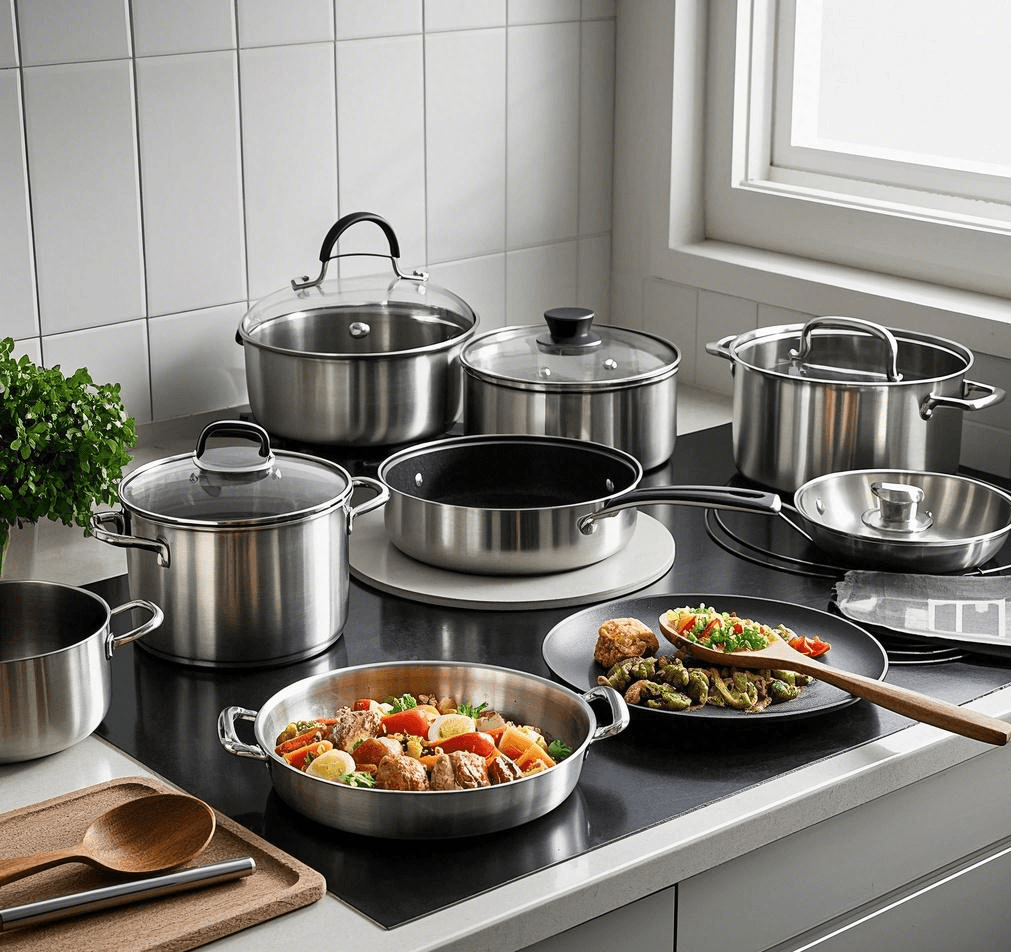
Diving Deeper into Triply Stainless Steel
Let’s break down why I often recommend triply stainless steel. It’s not just a single layer of metal; it’s a sandwich construction designed for optimal cooking.
Structure
- Inner Layer: Usually 304 food-grade stainless steel. This layer touches your food. It’s non-reactive, meaning it won’t alter flavors, and it’s very resistant to rust or corrosion. Safety first!
- Core Layer: Aluminum. Aluminum is fantastic at conducting heat quickly and evenly. This core ensures there are no hot spots, so your food cooks uniformly.
- Outer Layer: Typically 430 stainless steel. This layer is durable, resists scratches, and importantly, it’s magnetic. This makes the cookware compatible with induction stovetops, along with gas and electric.
Advantages
The combination gives you great heat control, similar to aluminum, but with the durability and non-reactivity of stainless steel. Before triply, you often had to choose. Basic stainless pans could heat unevenly, while aluminum pans weren’t as durable. Triply gives you the best of both. They last for years, handle daily use well, and are relatively easy to clean. As a supplier, durability is something my clients, like factory owners, really value.
Disadvantages
The main downsides are cost and weight. Triply construction is more complex to manufacture, so these sets are pricier than basic aluminum or single-ply stainless steel. They are also heavier due to the multiple layers. However, I believe the performance and longevity justify the investment for serious cooks.
| Feature | Triply Stainless Steel | Single-Ply Stainless Steel |
|---|---|---|
| Heat Distribution | Excellent | Fair to Good |
| Durability | Excellent | Good |
| Induction Ready | Yes (usually) | Sometimes (depends on grade) |
| Weight | Medium to Heavy | Medium |
| Cost | Higher | Lower to Medium |
What is the best pan set for home cooks?
Home cooks need tools that are reliable and make cooking enjoyable, not harder. Cheap pan sets often warp or lose their non-stick surface quickly, causing frustration. Think about long-term value and your typical cooking style.
The "best" set varies. If you cook a wide variety of dishes daily, triply stainless steel is very versatile. If you love slow-cooked stews, cast iron is fantastic. For quick, simple meals like eggs, non-stick works well.
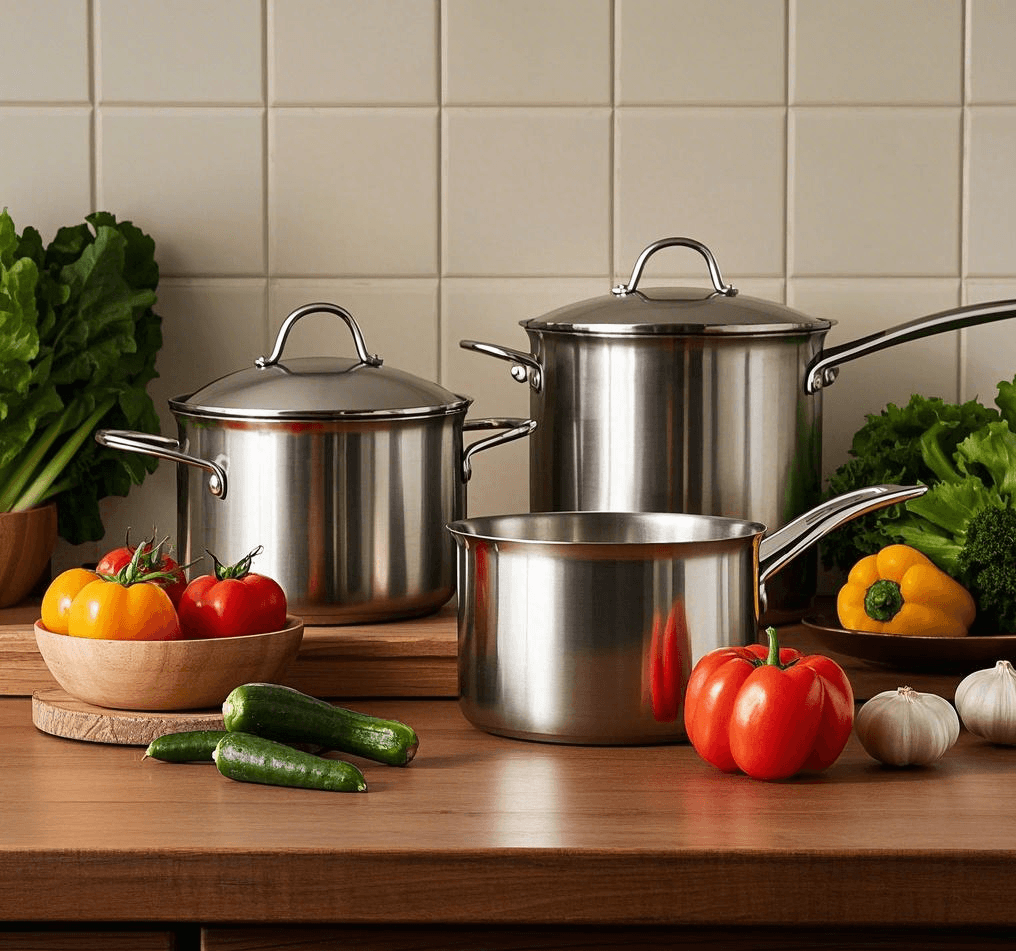
Exploring Options for Home Kitchens
Beyond triply stainless steel, two other popular choices cater to different home cooking preferences: Cast Iron and Hard-Anodized Aluminum.
Cast Iron (Including Enameled)
- Structure: Solid iron, sometimes coated inside and out with enamel.
- Advantages: Cast iron holds heat incredibly well. Once it’s hot, it stays hot. This is perfect for searing meat, slow-cooking stews, or even baking. Bare cast iron, when seasoned properly, develops a natural non-stick surface. Enameled versions are easier to maintain (no seasoning needed) and don’t react with acidic foods. They often look great too.
- Disadvantages: It’s heavy! Maneuvering a cast iron skillet requires some muscle. Bare cast iron needs careful cleaning and seasoning to prevent rust. Enameled versions can chip if handled roughly. They also heat up slowly compared to aluminum or copper.
Ideal For: Cooks who enjoy hearty meals, searing, braising, and don’t mind the weight or maintenance (for bare cast iron).
Hard-Anodized Aluminum
- Structure: Aluminum that’s undergone an electrochemical process to harden its surface, making it more durable and scratch-resistant than regular aluminum. Often has a non-stick coating applied inside.
- Advantages: Much lighter than cast iron or even triply stainless steel. It heats up quickly and evenly due to the aluminum base. The hard-anodized surface is tougher than standard aluminum and resists corrosion. Often more affordable than triply or copper core.
- Disadvantages: Most hard-anodized aluminum is not induction compatible unless a steel base plate is added. While tougher than basic aluminum, the surface (especially if non-stick coated) can still be damaged over time. It doesn’t retain heat as well as cast iron.
Ideal For: Everyday cooks who prioritize lightweight pans, fast heating, and easy cleanup, primarily using gas or electric stovetops.
| Feature | Cast Iron | Hard-Anodized Aluminum |
|---|---|---|
| Weight | Very Heavy | Light |
| Heat Retention | Excellent | Moderate |
| Heat Speed | Slow | Fast |
| Maintenance | Seasoning/Careful | Easy |
| Induction Ready | Yes | Usually No |
What cookware is not recommended for stovetop?
Using the wrong cookware on your stovetop can be ineffective or even dangerous. It might damage the pan, the stove, or just not cook your food properly. Knowing the limitations helps prevent accidents and protects your investment.
Generally, avoid cookware not specifically designed for direct heat (like some glass bakeware). Pans made from very thin, cheap metal can warp easily. Also, be cautious with materials that might scratch glass/ceramic stovetops.
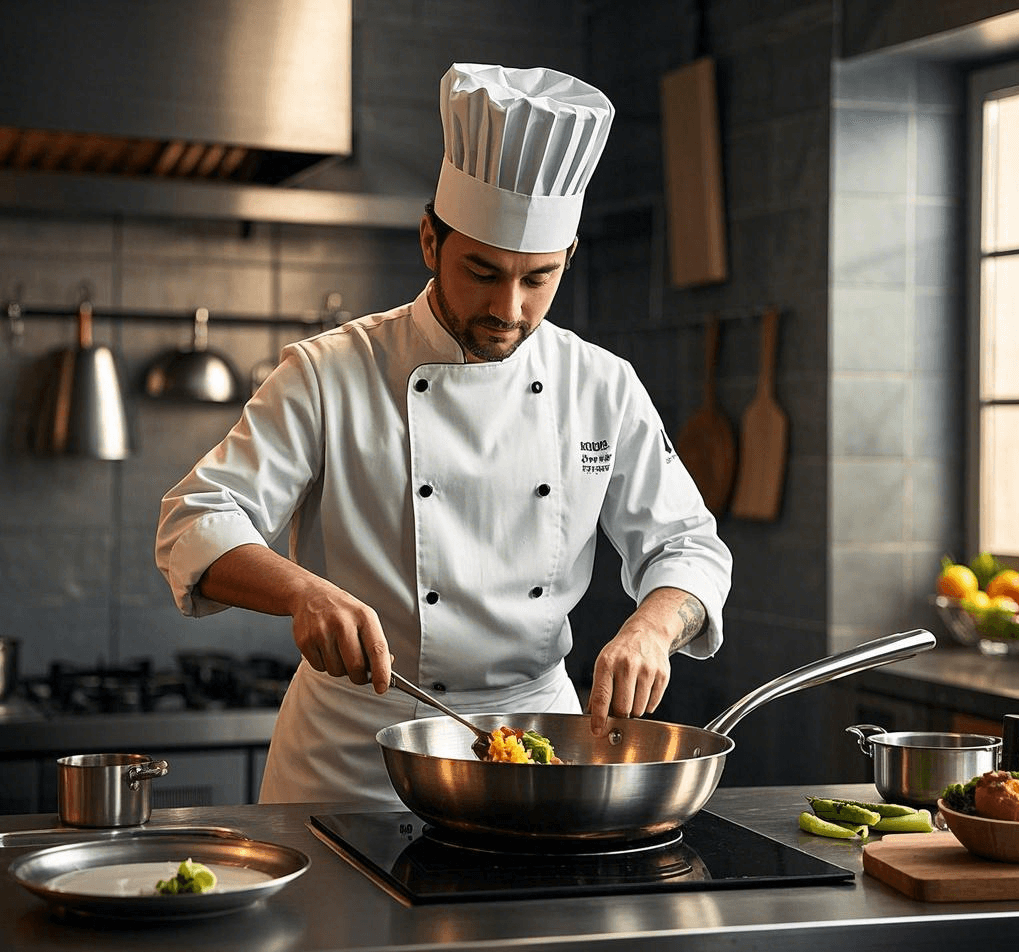
Understanding Cookware Limitations
While most pots and pans are stovetop-safe, some materials have significant limitations or shouldn’t be used there at all.
Non-Stick Coated Aluminum (with caveats)
- Limitation: While designed for stovetops, traditional non-stick coatings (like PTFE/Teflon) break down at high temperatures (above 500°F / 260°C). Overheating can damage the coating and potentially release fumes. These pans are best for low-to-medium heat cooking. The coating also wears out over time, especially with metal utensils or abrasive cleaning.
- Recommendation: Use for intended purposes like eggs, pancakes, fish. Avoid high-heat searing. Replace when the coating is scratched or peeling.
Glass and Ceramic Cookware
- Limitation: While some glass/ceramic cookware is designed for the stovetop (like Visions), much of it is intended for baking. Standard glass (like Pyrex bakeware) can shatter from thermal shock if placed directly on a hot burner or if cold liquid is added when hot. Ceramic cookware can also crack with sudden temperature changes. Both can potentially scratch glass-ceramic cooktop surfaces.
- Recommendation: Only use glass/ceramic cookware explicitly rated for stovetop use. Avoid drastic temperature changes. Check compatibility with your cooktop type.
Thin/Cheap Aluminum or Steel
- Limitation: Very thin pans, often found in budget sets, are prone to warping when heated. A warped pan won’t sit flat on the burner, leading to uneven heating and instability, especially problematic on flat electric or induction cooktops.
- Recommendation: Invest in cookware with a reasonably thick base for better stability and heat distribution.
Stoneware Bakeware
Limitation: Designed for the even, gradual heat of an oven, not the direct, intense heat of a stovetop burner. Placing stoneware on a burner can cause it to crack.
Recommendation: Keep stoneware for baking, roasting, and serving only.
| Material Type | Primary Stovetop Limitation |
|---|---|
| Non-Stick (PTFE) | High heat damage, coating wear |
| Glass (most types) | Thermal shock risk, potential scratching |
| Ceramic (many types) | Thermal shock risk, potential scratching |
| Thin Aluminum/Steel | Warping, uneven heating |
| Stoneware Bakeware | Cracking from direct heat |
What kind of sauce pan is best for cooking?
Making delicate sauces requires precise temperature control. A pan that heats unevenly or holds too much heat can easily lead to scorching or separation. You need a pan that responds quickly when you adjust the flame.
For ultimate control, copper core pans are unmatched due to copper’s amazing heat conductivity. However, high-quality triply stainless steel offers excellent responsiveness that’s more than sufficient for most home cooks and professional kitchens, offering better value.

Focusing on Performance for Sauces: Copper Core
When your cooking involves tasks where temperature needs to change instantly – think delicate sauces like hollandaise, caramel, or candy making – the material’s responsiveness is critical. This is where copper shines.
Copper Core Stainless Steel
- Structure: Similar to triply, but the core layer is copper instead of aluminum. Stainless steel is still used for the inner (food contact) and often the outer surfaces.
- Advantages: Copper conducts heat even faster and more evenly than aluminum. This means the pan heats up almost instantly when you turn up the heat and cools down quickly when you turn it down. This unparalleled responsiveness gives cooks maximum control, reducing the risk of burning sensitive ingredients. The stainless steel layers provide durability and prevent the copper from reacting with food.
- Disadvantages: Copper is expensive, making these pans the priciest option. Copper also requires more care – if the copper edge is exposed (common in some designs), it can tarnish and needs occasional polishing. They still carry some weight, similar to triply.
Why Responsiveness Matters
Imagine making caramel. You need heat to melt the sugar, but if the pan holds too much heat or heats unevenly, you can easily go from perfect amber to burnt bitterness in seconds. A copper core pan lets you fine-tune the heat precisely. Compare this to cast iron, which holds heat so well it’s slow to react to temperature changes – great for stews, terrible for delicate sauces. Triply stainless steel offers a very good balance, being much more responsive than cast iron and suitable for most sauce work, but copper core provides that ultimate edge for perfectionists.
| Material | Heat Conductivity | Responsiveness | Best For Sauces? |
|---|---|---|---|
| Copper Core | Highest | Highest | Excellent |
| Triply Stainless | Very Good | Very Good | Very Good |
| Hard-Anodized Alu | Good | Good | Good |
| Cast Iron | Good | Low | Fair (risk of burning) |
For most people, including many professional chefs I work with, the performance difference between high-quality triply and copper core isn’t significant enough to justify the much higher cost of copper, unless they specialize in tasks demanding that absolute peak responsiveness.
Conclusion
Choosing the best saucepan set depends on your cooking habits and budget. For an excellent all-around performer, triply stainless steel offers great durability, even heating, safety, and works on all stovetops.

